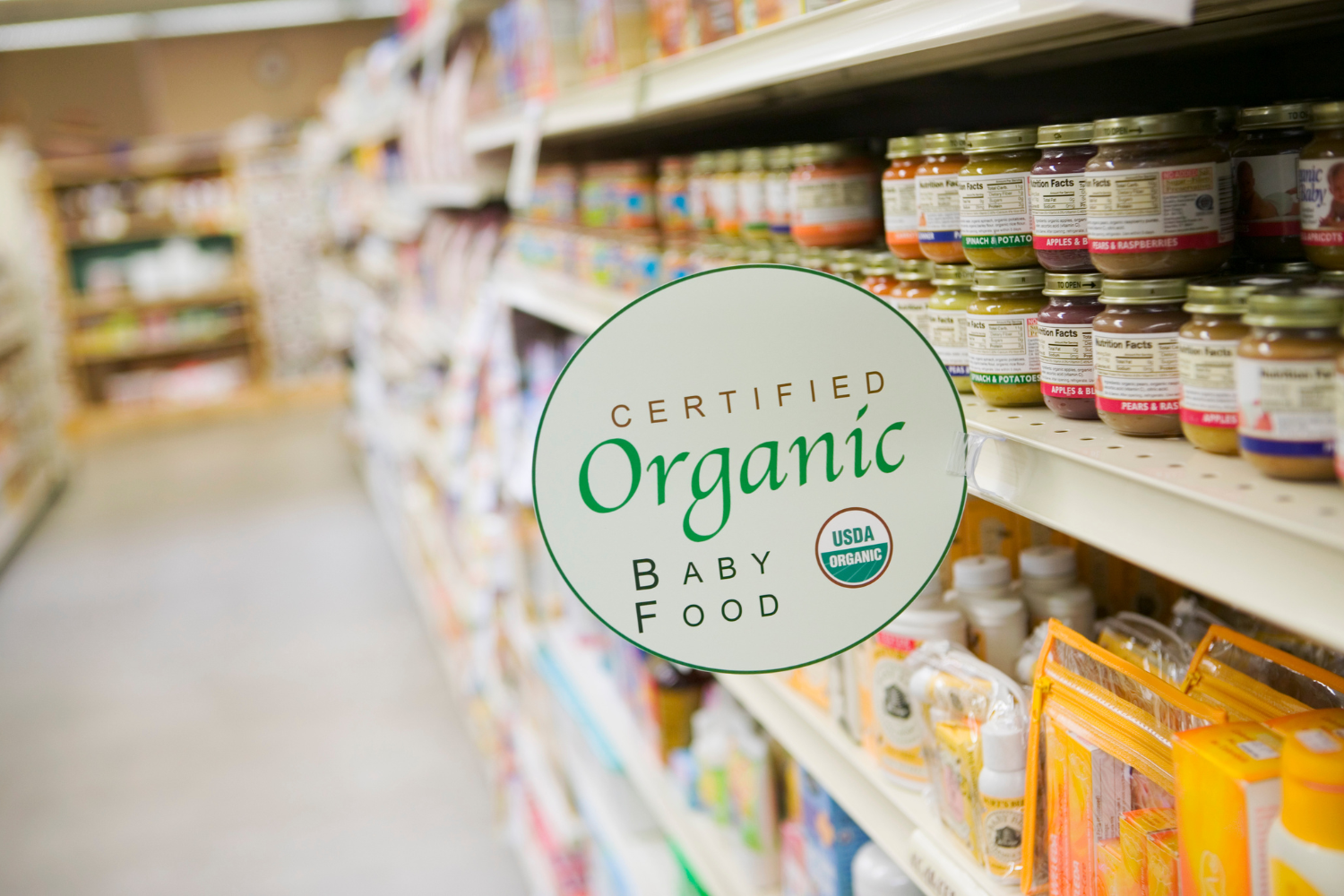USDA Organic Certification is the gold standard for organic products in the United States. It ensures compliance with strict organic standards set by the USDA Agricultural Marketing Service. This certification is critical for most farmers, food processors, and supplement brands looking to label their products as organic and ensures compliance with organic practices, excluding prohibited substances like synthetic fertilizers and sewage sludge.
Obtaining this certification is critical for businesses aiming to stand out in the organic sector. This guide provides a step-by-step overview of the certification process, covering USDA organic regulations, organic labeling requirements, and the necessary steps for agricultural products and processed goods to achieve USDA Organic Certification.
Table of Contents
ToggleWhat Is USDA Organic Certification?
USDA Organic Certification is a program that verifies agricultural products and processed goods comply with the organic standards established by the U.S. Department of Agriculture. This certification ensures that farms and businesses use organic practices, conserve biodiversity, avoid synthetic chemicals, and adhere to strict production methods. Products meeting these standards are eligible to display the USDA Organic Seal, a trusted symbol in the organic community.
Key Features of USDA Organic Certification:
- No synthetic pesticides or fertilizers
- No GMOs (genetically modified organisms)
- Sustainable farming practices
- Eligible products can display the USDA Organic Seal

What Are the Benefits of USDA Organic Certification?
Achieving USDA Organic Certification offers several advantages for certified organic producers. It builds consumer trust, opens access to premium markets, and supports environmental sustainability.
Builds Consumer Trust
USDA Organic Certification verifies that products meet USDA organic standards, appealing to consumers who prioritize organic sourcing. Shoppers value the USDA Organic Seal as a symbol of authenticity, knowing it guarantees the use of certified organic ingredients, organic practices, and prohibited substances such as synthetic chemicals. This trust fosters brand loyalty and drives sales in the competitive organic sector.

Access to Premium Markets
USDA Organic products often sell at higher prices and provide access to exclusive organic-only marketplaces. Certified operations can also explore export opportunities, as the USDA Organic Seal is recognized internationally. Certification can increase market access and create opportunities for profitability, especially for businesses in organic-only markets.
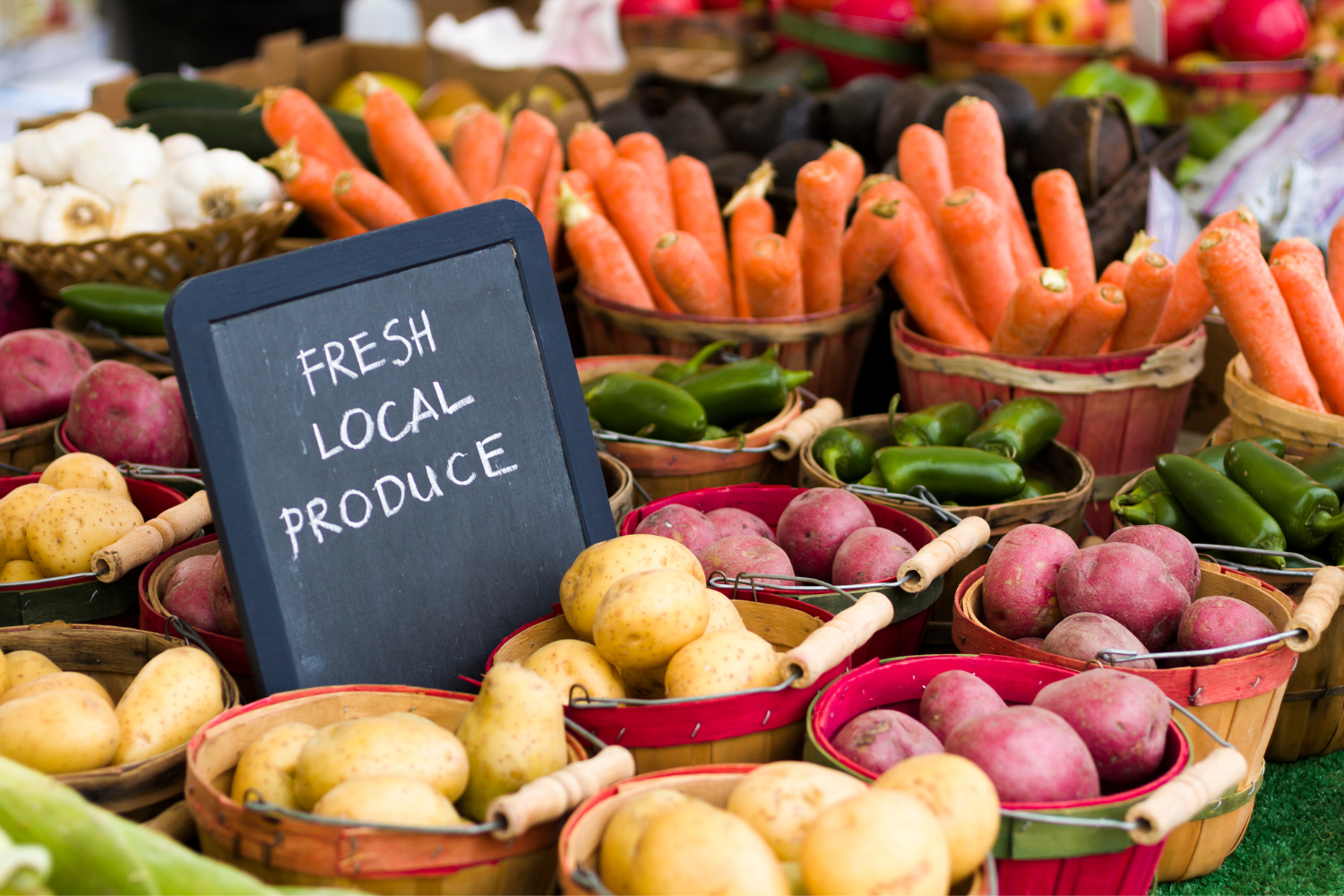
Supports Environmental Sustainability
USDA Organic standards encourage eco-friendly farming practices that aim to conserve biodiversity and promote ecological balance. Certified farms must follow USDA organic regulations, avoiding synthetic fertilizers and sewage sludge to maintain organic integrity and protect natural resources like water and soil.
What Products Can Be USDA Organic Certified?
Many types of agricultural products and processed goods are eligible for USDA Organic Certification if they meet the organic standards. This includes both raw organic commodities and processed products that contain certified organic ingredients.
Product Categories Eligible for USDA Organic Certification:
- Organic crops: Fruits, vegetables, grains, and wild crops
- Livestock and dairy products: Meat, milk, and eggs
- Processed foods: Snacks, cereals, and other organic foods
- Supplements: Must include certified organic ingredients and meet labeling requirements
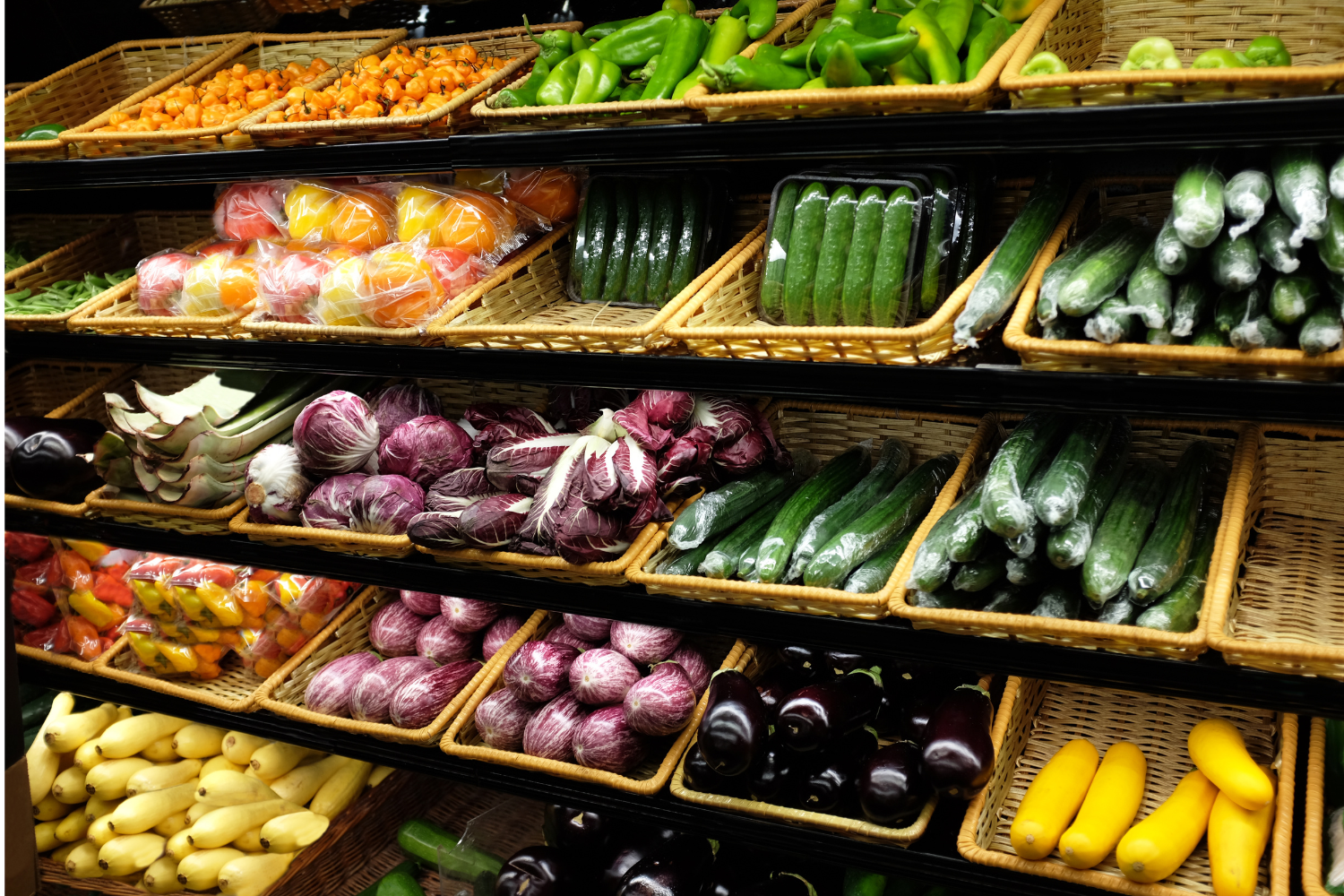
How to Get USDA Organic Certification: Step-by-Step Process
Obtaining USDA Organic Certification involves a detailed process to ensure that agricultural products and operations meet the USDA’s organic regulations. Certification requires thorough documentation, on-site inspections, and adherence to strict standards. Below is a comprehensive guide to each step of the process.
Step 1: Understand the USDA Organic Standards
The first step in the certification process is understanding the USDA organic regulations governing various organic operations. These standards define acceptable organic practices, prohibited substances, and labeling requirements.
- Organic crop production: Farmers must use natural methods and avoid synthetic fertilizers, pesticides, and genetically modified organisms (GMOs). Organic crops must be grown on land free from prohibited substances for at least three years.
- Organic livestock: Animals must be fed certified organic feed, have access to outdoor areas, and be raised without antibiotics or synthetic hormones. Animal welfare practices must comply with USDA standards.
- Processed products: At least 95% of the ingredients must be certified organic to display the USDA Organic Seal. Any remaining ingredients must be on the USDA’s list of allowed substances.
Step 2: Develop an Organic System Plan (OSP)
The Organic System Plan (OSP) is a detailed document that outlines how your operation will meet USDA organic standards. This serves as the foundation for the certification process and is evaluated during your application and inspections.
Key Elements of an OSP:
- Farming methods, including soil management, crop rotation, and pest control
- Pest and weed management practices, such as the use of organic-approved methods
- Handling, storage, and processing procedures to prevent contamination with non-organic products
- Description of measures to conserve biodiversity and improve soil health
Your OSP acts as a blueprint for compliance and helps certifying agents understand your operation’s organic practices.
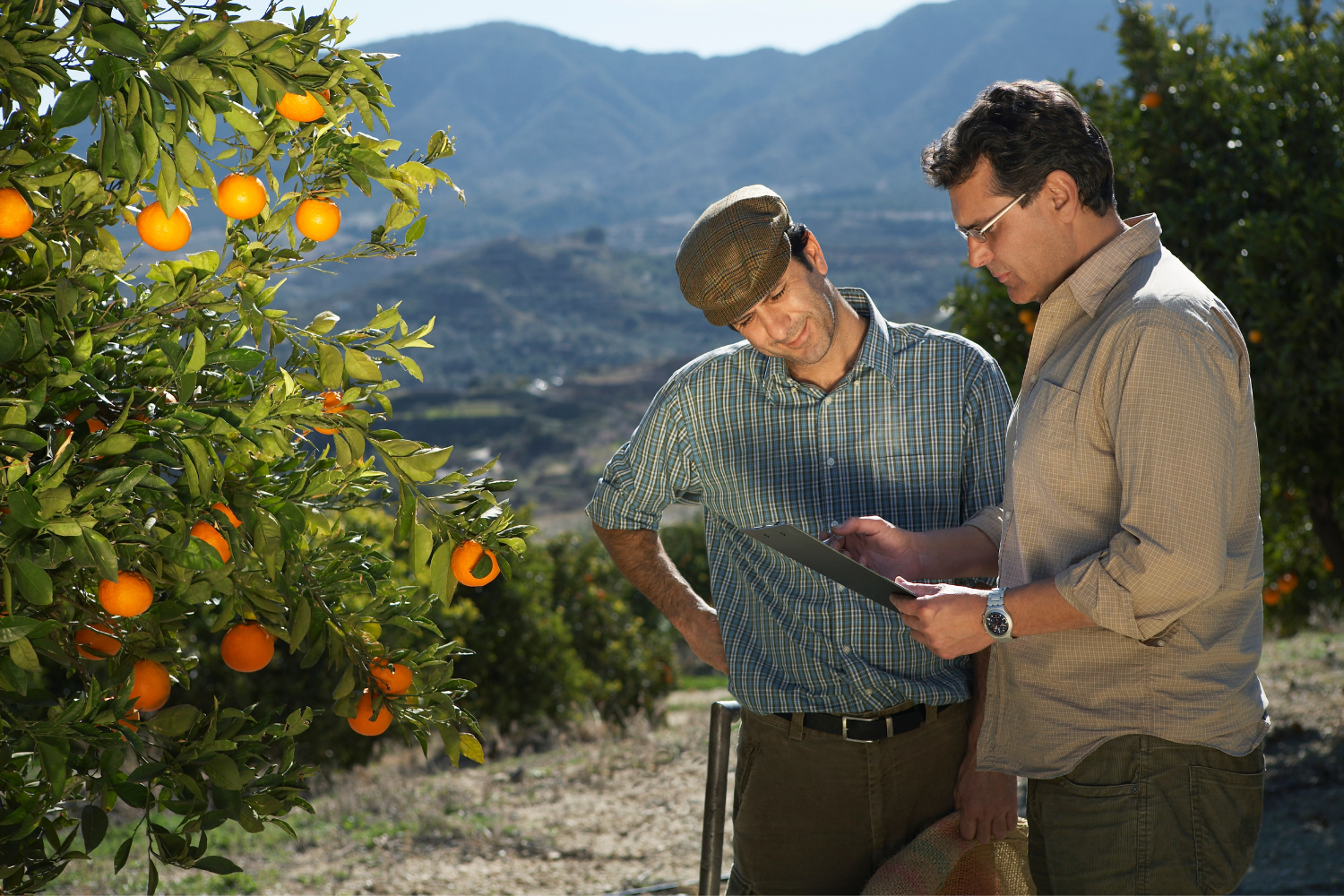
Step 3: Choose a USDA-Accredited Certifying Agent
Selecting the right certifying agent is essential. The USDA Agricultural Marketing Service maintains a list of accredited certifying agents, including private organizations and state agencies.
Certifying agents are responsible for evaluating your OSP, conducting inspections, and issuing your organic certificate. Look for an agent experienced in certifying operations similar to yours, whether you produce raw organic commodities, organic livestock, or processed products. The agent will also assist with ongoing compliance requirements.
Step 4: Submit Your Application
Once you have chosen a certifying agent, you’ll need to submit a formal application. This includes:
- A detailed copy of your Organic System Plan
- Supporting records, such as farm maps, input purchase records, and soil management details
- Payment of application and initial certification fees
Applications must be thorough, as certifying agents use this information to evaluate whether your operation meets USDA organic standards.
Step 5: On-Site Inspection
An on-site inspection is a critical part of the USDA Organic Certification process. An inspector will visit your operation to verify compliance with the organic regulations.
Key Areas Reviewed During Inspection:
- Soil health and water quality practices to ensure conservation and proper nutrient management
- Handling, storage, and labeling processes for organic products to prevent contamination with non-organic items
- Record-keeping systems to document adherence to organic production methods and traceability of organic ingredients
The inspector will prepare a detailed report and submit it to the certifying agent for review.
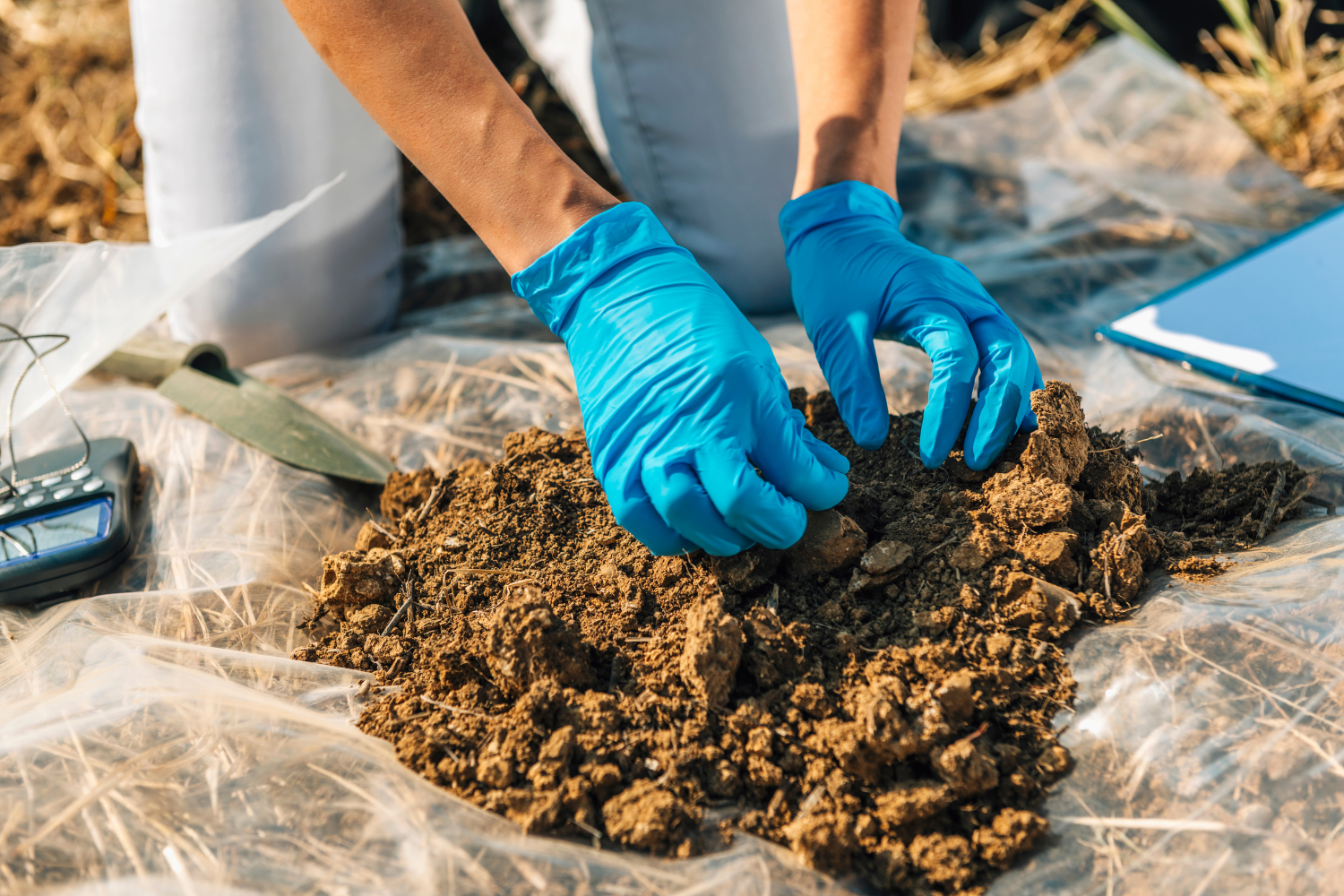
Step 6: Certification Decision
The certifying agent reviews the inspection report and determines whether your operation meets all USDA organic standards. If all criteria are met, you will receive your USDA Organic Certification.
This certification allows your products to display the USDA Organic Seal, a symbol of quality recognized in the organic community. Certified farms, food processors, and businesses can confidently market their products as organic.
Step 7: Maintain Ongoing Compliance
Maintaining USDA Organic Certification requires continued adherence to the organic regulations. Annual inspections are mandatory to confirm compliance.
Tips for Staying Compliant:
- Keep detailed records of farming or production practices, including input purchases, crop yields, and livestock health records.
- Avoid prohibited substances such as synthetic fertilizers, sewage sludge, and artificial preservatives.
- Regularly update your OSP to reflect any changes in production methods or facilities.
Ongoing compliance ensures the integrity of your organic operation and your continued ability to label products with the USDA Organic Seal.
How Much Does USDA Organic Certification Cost?
The cost of USDA Organic Certification varies depending on the size, type of operation, and the certifying agent you choose. Expenses generally include:
- Application fees: Initial costs for submitting your Organic System Plan and application form
- Annual inspection fees: Fees for the on-site review and follow-up inspections
- Certification fees: Charges for processing your application and issuing the organic certificate
Financial assistance is available through the Organic Certification Cost Share Program (OCCSP) to offset these costs. This program reimburses eligible operations for up to 75% of certification expenses, with a maximum reimbursement of $750 per certification scope.
How Long Does It Take to Get USDA Organic Certification?
The timeline for obtaining USDA Organic Certification depends on the complexity of your operation and your readiness to meet USDA organic regulations. The process can take several months from application to final certification.
Estimated Timelines:
- Application and plan submission: 1-2 months, including developing and submitting the Organic System Plan (OSP).
- On-site inspection: 1-2 weeks, depending on the availability of inspectors.
- Final certification decision: 3-6 months, based on the review of inspection reports and compliance with USDA standards.
Delays can occur due to incomplete paperwork, failure to meet organic practices, or the need for additional inspections to address non-compliance issues.
What Are the Requirements for USDA Organic Labeling?
USDA organic labeling requirements vary based on the percentage of organic ingredients in a product. Each labeling category has specific guidelines for marketing products to consumers.
“100% Organic” Label
Products labeled “100% Organic” must contain only certified organic ingredients and processing aids. They must also meet all USDA organic regulations and exclude prohibited substances like synthetic chemicals. Products in this category and other organic products can display the USDA Organic Seal.
“Organic” Label
Products labeled simply as “Organic” must consist of at least 95% certified organic ingredients, with the USDA allowing the remaining 5% of non-organic substances. Like “100% Organic” products, these items can display the USDA Organic Seal.
“Made with Organic” Ingredients
Products labeled “Made with Organic” must contain at least 70% certified organic ingredients. Unlike the other categories, these products cannot use the USDA Organic Seal but can specify up to three organic ingredients or ingredient categories on the label (e.g., “Made with Organic Grapes”).
Common Challenges in Getting USDA Organic Certification
Meeting USDA organic regulations can be challenging for many farmers and producers due to the rigorous standards and documentation required. Common obstacles include:
- Complying with strict pest and weed control practices that prohibit synthetic chemicals.
- Ensuring all inputs, such as fertilizers and processing aids, are USDA-approved.
- Maintaining detailed and accurate records to prove compliance with organic standards.
Overcoming these challenges requires careful planning and education. Organic consultants can provide expert guidance on organic practices and help you navigate the certification process. Training your team on USDA standards ensures everyone understands compliance requirements, reducing the risk of non-compliance during inspections.
Achieve USDA Organic Certification and Elevate Your Business
USDA Organic Certification is essential for businesses aiming to build consumer trust, meet regulatory requirements, and access premium markets for organic products. Following the steps outlined in this guide ensures compliance with USDA organic regulations and sets your products apart with the USDA Organic Seal. Start the certification process today to enhance product quality, promote ecological balance, and grow your brand in the thriving organic sector.
Frequently Asked Questions
Who Needs USDA Organic Certification?
Farmers, food processors, and producers selling products labeled as “organic” in the U.S. must obtain USDA Organic Certification.
Is USDA Organic Certification Required for Small Farms?
Small farms with annual sales under $5,000 can label products as “organic” without certification but cannot use the USDA Organic Seal.
Can Imported Products Be USDA Organic Certified?
Imported products can be USDA Organic Certified if they meet USDA organic standards and are verified by an accredited certifying agent.
How Long Is USDA Organic Certification Valid?
USDA Organic Certification is valid for one year and requires annual inspections and renewal to maintain compliance.
What Are the Costs Associated with USDA Organic Certification?
Certification costs vary by operation size and certifying agent but include application, inspection, and annual fees. Financial assistance is available through the OCCSP.
References
- U.S. Department of Agriculture. (n.d.). Agricultural Marketing Service – USDA. https://www.ams.usda.gov/services
- U.S. Department of Agriculture. (n.d.). Organic Certification and Accreditation. https://www.ams.usda.gov/services/organic-certification
- U.S. Department of Agriculture. (n.d.). Organic Certification Cost Share Program (OCCSP). https://www.fsa.usda.gov/resources/programs/organic-certification-cost-share-program-occsp
- U.S. Department of Agriculture. (n.d.). The National List of Allowed and Prohibited Substances. https://www.ams.usda.gov/rules-regulations/national-list-allowed-and-prohibited-substances
- U.S. Department of Agriculture. (n.d.). The Organic System Plan | Agricultural Marketing Service. https://www.ams.usda.gov/services/organic-certification/organic-system-plan

